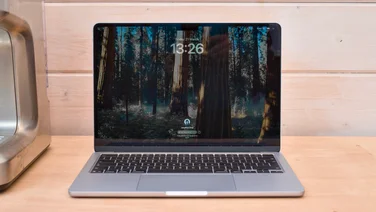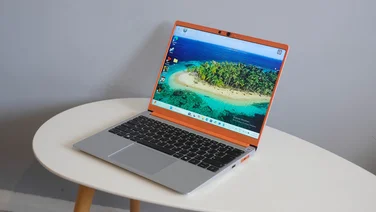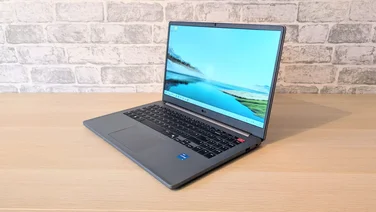To help us provide you with free impartial advice, we may earn a commission if you buy through links on our site. Learn more





Acer’s ultrabook doesn’t look massively different to that from any other manufacturer, but there’s one crucial specification difference: instead of a big SSD, Acer has kept costs down with a combination of flash storage and a conventional hard disk. The 20GB SSD automatically caches files from the 320GB hard disk as you use them, which Acer says will make the Aspire S3 almost as responsive as an ultrabook equipped with a fully-fledged SSD. We didn’t notice it during a cold boot, which took over a minute to reach the Windows desktop, but it resumed from sleep mode in a much snappier two seconds.

Our benchmarks don’t repeat enough tasks to benefit from this caching technology, but the Acer’s overall score of 39 still gives little away to other ultrabooks. This is mostly due to its Intel Core i5-2467M processor running at 1.6GHz, and the laptop’s 4GB of RAM, which together coped well with our demanding programs. The mechanical hard disk wasn’t much of a battery drain either, as the Aspire S3 managed a respectable five and a half hours in our light-use battery test.

As it relies on Intel’s integrated graphics, you won’t be able to play the latest games on the Aspire S3: it could barely manage 13 frames per second (fps) in our Dirt 3 test. However, it’s still powerful enough for watching high-definition video. Other connectivity is fairly limited, with two USB ports at the back of the base, a memory card reader to one side and a combined audio headset input at the other. There’s no USB 3 or Ethernet port, and without an adaptor in the box you’ll have to buy one or stick to 802.11n Wi-Fi for getting online.

The chassis disappoints in other areas too. Opening up the reasonably attractive brushed metal lid reveals a rather drab combination of grey keys in a grey plastic chassis. The keyboard is at least comfortable to type on, helped by bouncy keys whose travel isn’t quite as shallow as other ultrabook keyboards we’ve used. Unfortunately, the touchpad is much less impressive – it’s cramped and the integrated buttons make it difficult to navigate the desktop accurately. We would have preferred physically separate buttons, but at least its smooth finish creates minimal friction.
A 1,366×768 resolution screen is about average for an ultrabook, and the Aspire’s image quality was decent enough, with a sharp picture and largely accurate colours, but its viewing angles were poor. The glossy screen finish also reflects light, although there’s plenty of screen tilt to help you find a good viewing angle. The speakers’ sound quality was also fairly basic, with virtually no bass and a muffled high end. The mid-range was clear and volume was reasonable, but we’d still recommend a pair of headphones for listening to anything other than low bitrate YouTube videos.

At £700, the Aspire S3 is the cheapest ultrabook currently available, making it conspicuously good value next to rivals costing upwards of £1,000, but it’s clear to see where savings have been made. The display is only average, the styling is basic and the hybrid disk’s small amount of flash memory can’t compete with a dedicated SSD. However, if you’re looking for an ultra-portable laptop with more power than an AMD Fusion or Intel Atom processor, the Aspire S3 is the ideal mid-range machine. It wins a Budget Buy award.






